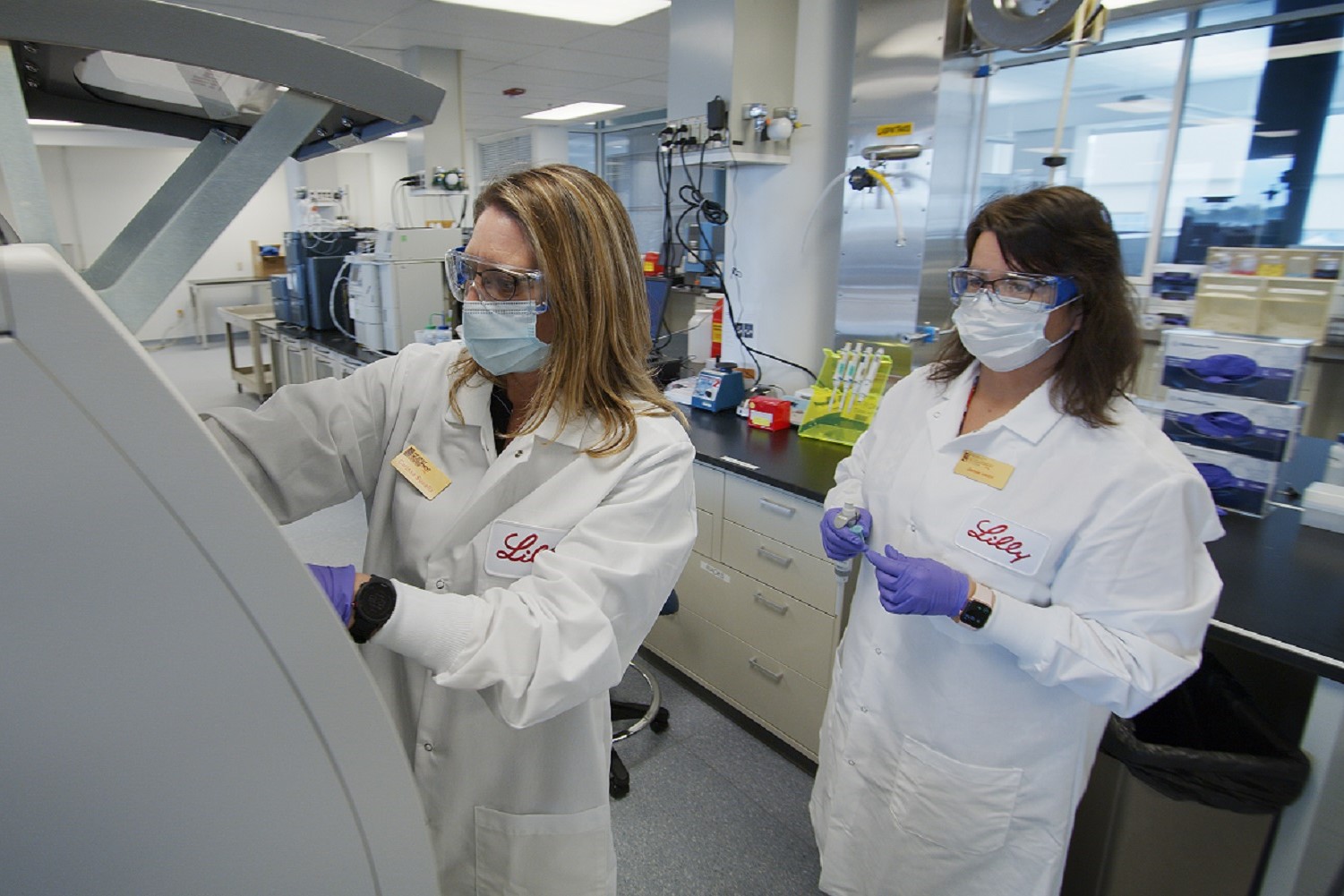This is part 2 of 2. Click here for the first half of the blog.
What’s being done
Previously we addressed how chronic patients are actually negatively impacted by the very positive form of rugged individualism, displayed in our American forefathers. In embracing this virtue of deep motivation for survival, we have over time evaded the importance of social interaction, or connection. So we continue with what’s being done within our current medical system.
Many in this chronically suffering population turn to their physician, albeit subconsciously, for this much needed support, understanding and hope. Generally speaking, the doctor has limited training and time to address the wellbeing or emotional needs outside of medical diagnosis, treatment and prescriptions. In fact, if it gets too bad, the doctor may refer folks to a psychiatrist or psychologist, but their job kind of stops there. Thus, the current medical system in the U.S. is not setup to effectively address such a person, at least not with dignity. Yet, this population of chronic sufferers makes up 50% of the country’s total healthcare costs. This is not a judgment statement on the Physician, but a realistic appraisal of how the current medical system actually is structured to handle these challenges.
By and large, from the patient’s perspective, education or wellness programs have been the answer to helping them to manage their life better, outside of the medical treatments, physical therapy and medications. There are some new concepts with regard to personal coaches and transition coaches that can also have an impact. With regard to wellness, the truth is that if someone could get these chronic patients to make better choices with their diet and exercise or smoking, it is proven to reduce costs and improve the patient’s quality of life. So why don’t these patients just do that and change their future?

With the Rise of AI, What IP Disputes in Healthcare Are Likely to Emerge?
Munck Wilson Mandala Partner Greg Howison shared his perspective on some of the legal ramifications around AI, IP, connected devices and the data they generate, in response to emailed questions.
What is not being formally addressed is the capacity, or lack of capacity, of these chronic patients to actually follow through and take action on these habit changes. In fact, many of them are not capable for a variety of reasons, but certainly not because they are incapable human beings. Medications play a role, along with social isolation, physical and mental energy, lack of motivation and loss of self. They have lost their sense of “being”, like a sock in the washer, tumbling about trying to find which way is up. Many of these things may not have existed in the individual before the onset of a chronic issue. Almost any human being that endures a life-altering chronic condition will have reactions such as these, and it multiplies when there are more than 3 conditions simultaneously.
So, in other words, no matter how good the wellness program or educational conduit, there will likely be little or no change in the actual results of these patients. This is because the filter through which they receive information is not able to appropriate the data into a decision, due to the complex nature of their multiple comorbidities. This is why the wellness movement over the past decade has had little impact on the overall population and the status of the average American’s wellbeing and health. We continue to grow in obesity, drug intake, mental services etc. in this top 5% (see Part 1). Not because the information of wellness is wrong, but because information and knowledge is not enough. Addressing the filter (within our mind/body) through wellbeing enhancement changes the outcomes of engagement and in decision-making leading to long-term, sustainable results.
This top 5% group is a huge expense ($1.25 Trillion annually in the U.S.) and is therefore getting a lot of attention by healthcare organizations and new ideas. One of those ideas has been gamification online or via mobile, rewarding behavior and making someone forget they are “changing behavior” cause they are having fun. This will no doubt have some effect on the remaining 95%, however, there is still an unmet need of belongingness and relationship desperately needed by this 5% population of chronic sufferers. The human psyche is not made to operate alone, physically and relationally. We need to face-to-face interaction of others, a fact largely researched by social scientists.
So now what?
Just short of completely restructuring the medical system to address this in the physician’s office, which is not likely to happen soon, we need to find a way to connect these fellow suffering Americans with a means of social interaction, like-minded support, real tools and a proper wellbeing perspective on their condition. This can be done within the current structure by incorporating services of wellbeing within the disease management and care management departments. By connecting these patients and facilitating interaction between them, including their ability to be empowered with their health, we actually improve their outcomes. The Physician is the expert in medical training, but the individual needs to be an expert on themselves. It will take collaboration of well-empowered patients and their Doctors to optimize their medical treatment and personal quality of life, which are both drivers of lower costs and better health.
The “rugged individualism” mindset will drive them back into their holes of isolation, depression, demotivation and loss of self. It’s important to note that the pride of the human spirit will always mask this need for help in our culture, and that makes it easy to play into a “victim” mentality, allowing my condition to run my life instead me running my life within the confines of my condition. Being aware of this potential is helpful for those who are facing new conditions for the first time. Helping them accept their condition, and seeing it not as a loss of who they are, is crucial.
There are many stories of those who have used their rugged individualism to start the process of coping, but almost always find the strength of others to be the pivotal point of them thriving in the midst of their condition or set of conditions. We are moved by these stories because we are inspired by the force within us that gets stimulated when we connect with others, wrestle with a challenge and then ultimately triumph.
That ability to thrive and stimulate our natural vigor is within all of us. Some of us just need a reminder it’s there and someone to remind us as we are rediscovering it.
Wellbeing is Natural (WIN) addresses many more topics like this in its research and real-world solutions for the chronically ill. Located in Scottsdale, AZ, Wellbeing is Natural believes that wellbeing is essential to health, and that the industry studies validate it. Its programs are delivered through health organizations and large employers. They are experiential and scientifically-based wellbeing meetings, including education, peer interaction, mindfulness practices, pain reduction techniques, and more. Clinically-tested WIN programs have been researched and developed by Andrew F. Miller, PH.D.
Andrew F. Miller, PH.D. contributed to this blog.














